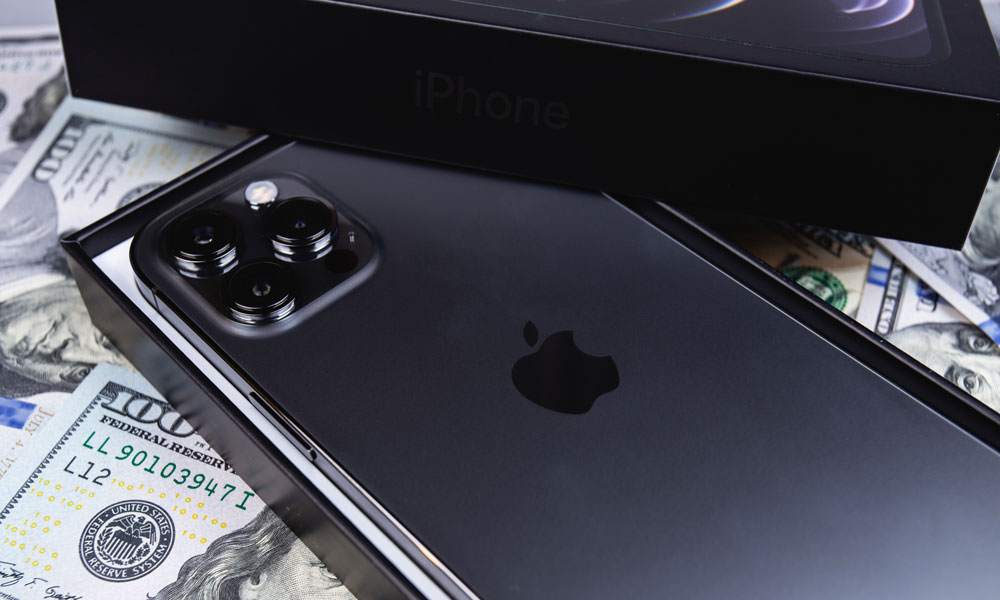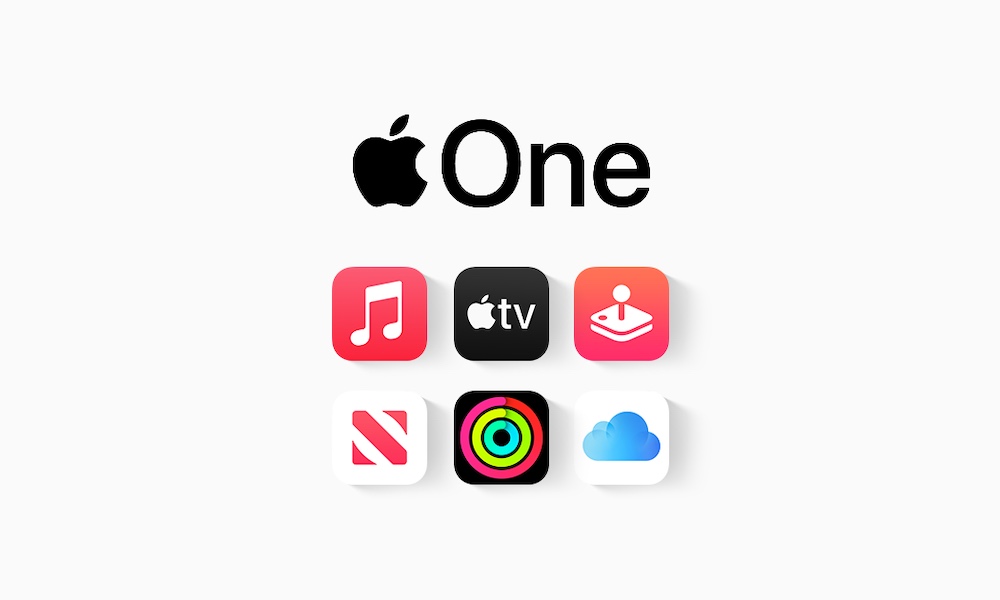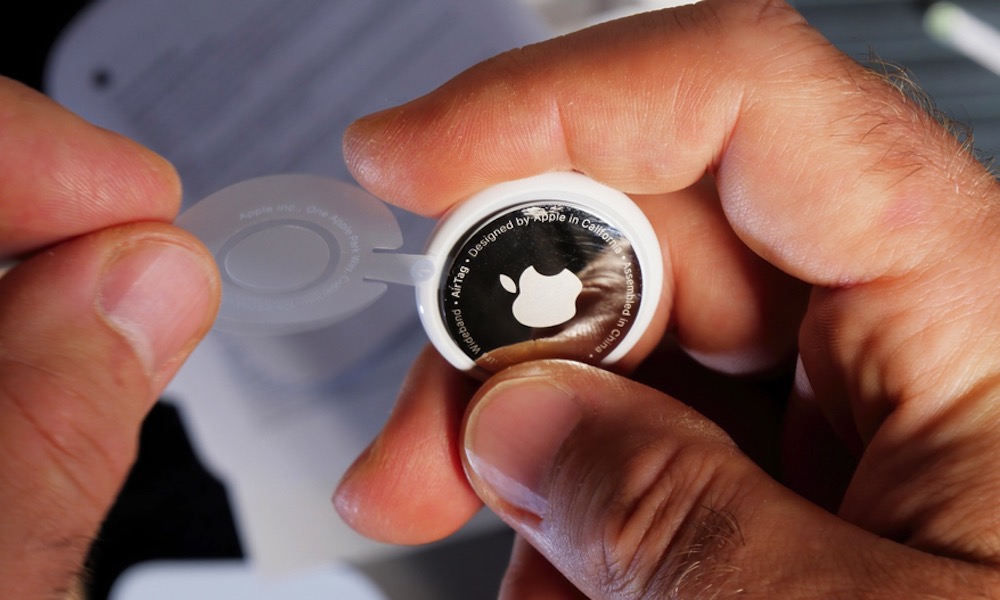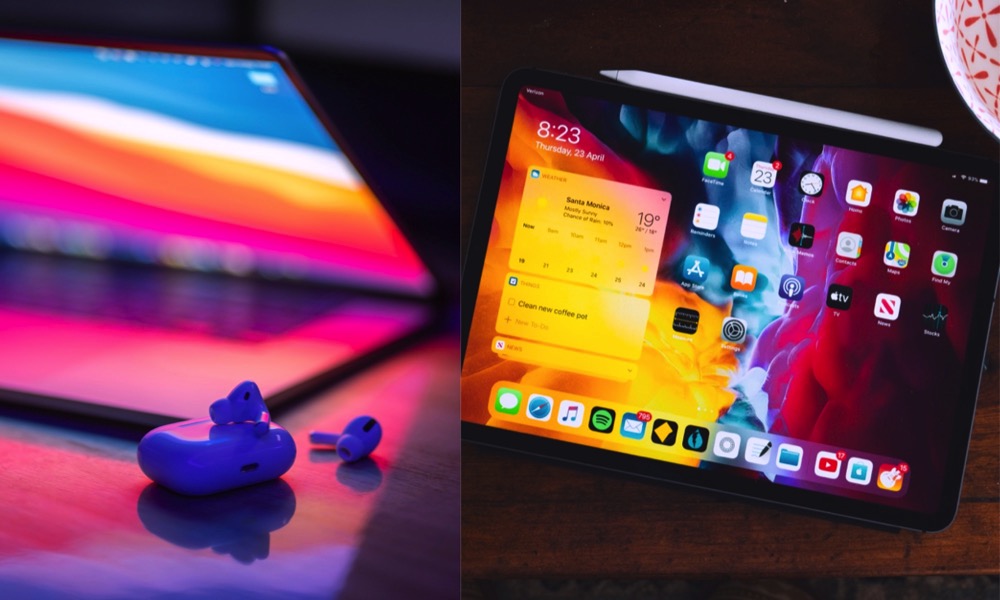Apple’s Record-Breaking Quarter | 6+ Most Important Points from Its Q3 2021 Earnings Call
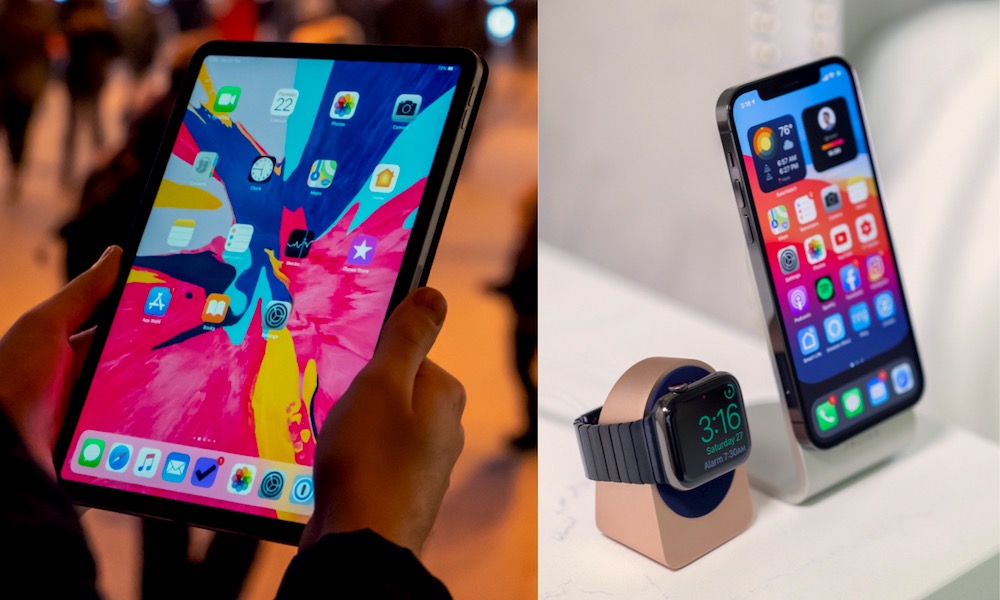 Daniel Korpai / Studio Proper / Unsplash
Daniel Korpai / Studio Proper / Unsplash
Once again, Apple’s quarterly earnings report has exceeded the industry’s wildest expectations, smashing multiple records and leaving us wondering if the company’s meteoric rise will ever come to an end. Of course, this was also the quarter during which Apple debuted a new M1-powered iPad Pro lineup, with the first-ever mini-LED display on the 12.9-inch model. This was also accompanied by a whole new lineup of colourful — and powerful — M1 iMacs, a new Apple TV 4K, and of course, the highly anticipated AirTags. While none of these products were necessarily hot sellers by themselves, the sum of them combined, plus the fact that iPhone 12 sales haven’t slowed down, meant that Apple once again reported record-breaking revenue for its spring quarter. Continue reading to learn 6 Key Points from Apple’s Q3 2021 Earnings Call.
Double-Digit Growth
Apple’s fiscal Q3 2021 ended June 26, 2021, encompassing the period from April to June, and the company posted a revenue of $81.4 billion — an increase of 36 percent over Q3 2020. While one might think that last year’s mid-pandemic quarter would be easy to beat, the reality is that even Q3 2020 saw 11 percent growth over the same quarter in 2019, so while Apple’s 36 percent may be higher than it would have been otherwise, it’s still consistently on an upward trajectory.
Of course, these numbers are dwarfed by Apple’s Q1 2021 “holiday quarter” which saw a mind-blowing $111.4 billion in revenue, and it’s not even up to the Q2 2021 numbers, which came in at $89.6 billion. However, since sales are always seasonal, it’s the year-over-year numbers that count, and the April–June quarter is almost always considerably slower than the ones that come during and immediately following the busy holiday season.
While the numbers weren’t quite as impressive as last quarter’s, Apple still saw double-digit growth across all categories, plus more significant growth than before in both wearables and services, each of which exceeded 30% for the first time ever. However, the profit Apple pulled in during Q3 is second only to the two prior record-breaking quarters.
- iPhone: $39.6 billion (49.8% growth)
- Mac: $8.2 billion (16.3% growth)
- iPad: $7.4 billion (11.9% growth)
- Wearables, Home and Accessories: $8.8 billion (36% growth)
- Services: $17.5 billion (32.9% growth)
What’s perhaps most interesting is that, despite the release of the new 2021 iPad Pro and 24-inch iMac, both the Mac and iPad categories saw more modest growth compared to last quarter’s staggering 70% and 78.7% numbers.
Apple’s Services Continue to Dominate
Not only does Apple’s services business remain in second place to only the iPhone for overall revenue, but it grew by almost a third over last year’s quarter, with $17.5 billion in revenue that suggests it could soon break the $20 billion mark. In fact, it’s already approaching half the revenue from all iPhone sales worldwide.
Apple CEO Tim Cook gave much of the credit for the services boost to the Apple One bundles, saying it’s “a great ramp for services.” However, CFO Luca Maestri suggested that he considers the large bump to be an anomaly, and says that services will continue to grow well, but not quite at that rate.
Apple launched paid Podcast Subscriptions during Q3, and Spatial Audio likely also drew in new Apple Music subscribers. Apple noted that it set new records for music, video, the App Store, and AppleCare, but as usual, the company didn’t offer any specific numbers other than revealing that there’s been a double-digit increase in paid accounts overall.
While the bulk of Apple’s overall services revenue still comes from its App Store commissions and its multi-billion search deal with Google, the revenue from this side of its business is relatively static, so it’s fair to say the majority of the $4.3 billion increase in Apple’s services really has come from new subscribers jumping on board.
It’s also worth noting that even though Apple’s free one-year Apple TV+ subscriptions only came to an end on June 30, Apple has also been counting those extended free trials in its services revenue from the very beginning, moving the appropriate amount of money over from the hardware sales revenue for every customer who opts in to the trial.
Wearables, Home and Accessories Make a Big Comeback
Q3 2021 also saw a surprisingly large amount of growth in Apple’s more catch-all “Wearable, Home and Accessories” category, which includes everything from the Apple Watch and AirPods to the HomePod and Apple’s first-party cases.
Of course, this is also the category where Apple’s new AirTags live, which likely helped drive the 36% year-over-year increase, but Apple CFO Luca Maestri also shared that 75% of the people who bought an Apple Watch in Q3 were first-time buyers.
The Apple Watch is one of the few major products in Apple’s arsenal that still has a lot more room to grow, and it also traditionally spikes in sales during gift-giving seasons like Christmas and springtime graduations, plus of course the months leading into nicer weather when people are more likely to be out and about.
This category also includes the new Apple TV 4K which was released during Q3, plus a series of new limited-edition watch bands for Pride 2021 and the 2020 Summer Games, all of which also likely contributed to the strong quarterly sales.
The iPhone 12 Isn’t Slowing Down
Even with the iPhone 13 on the horizon, it appears that Apple can’t make iPhone 12 models fast enough to keep up with insanely high levels of customer demand.
In fact, Apple saw its largest upgrade Q3 ever, according to CEO Tim Cook, who said that sales were strong across almost the entire iPhone lineup, led by the iPhone 12.
Not surprisingly, Cook remained quiet on the iPhone 12 mini, which by all reports has continued to be a disappointment to Apple, but it’s clear that sales of the rest of the iPhone 12 lineup are more than making up for it.
Cook also added that this is just the beginning, and that iPhone sales growth will only increase as 5G gets rolled out more widely across the globe, driving more upgrades to the latest 5G-capable iPhones. “We’re in the very early innings of 5G,” Cook said.
What’s notable here is that Q3 is normally the slowest season for iPhone sales, and analysts were only expecting Apple to post around $73 billion in revenue as a result. In the same quarter last year, Apple only posted $26.4 billion in iPhone sales, which was a mere 1.7% increase over Q3 2019, which actually saw an 11.8% decrease from Q3 2018.
In most third quarters, iPhone sales have seen only single-digit year-over-year growth, so growth in sales by almost 50% this year is absolutely astonishing.
Mac and iPad Sales Are Still Going Strong
While looking at the Q2 numbers may lead you to believe that Mac and iPad sales have slowed down, the growth in the previous quarter was an aberration, since it was compared to a time when the world was just beginning to lock down in the face of the COVID-19 pandemic, and Apple had shuttered all of its retail stores.
Q3 2021 returns to more normal growth, fuelled by the new M1 and mini-LED equipped iPad Pro lineup, and the 24-inch M1 iMac, both of which have been solid hits for Apple.
In fact, Tim Cook said that the iPad had its best June quarter in almost a decade, while the Mac had its best Q3 in the history of the product lineup. In fact, according to CFO Luca Maestri, Mac sales have broken records in each of the last four quarters—even before Apple shipped its first M1 MacBooks.
Earnings in China Up 58%
It’s hard to believe that Apple was struggling in China two years ago, as the company has turned things around so dramatically since those darker days.
This time around, Apple set a June quarter revenue record for Greater China, with earnings rising to $14.76 billion — a 58.2% increase over Q3 2020.
According to Cook, the iPhone 12 Pro and the iPhone 12 Pro Max have been wildly popular in China, and Apple has been pulling in record numbers of brand-new customers for the iPad, Mac, and Apple Watch in that country. About two-thirds of Mac and iPad sales, and 85% of Apple Watch sales were made to new users.
Chip Shortage Continues
It wasn’t all sunshine and roses, however, as Apple’s CEO and CFO both warned investors that the iPhone and iPad are both going to be hit by supply constraints, likely caused by the ongoing global chip shortage.
This has been impacting electronics manufacturers and even carmakers around the world, and it’s likely to continue through the rest of 2021 and possibly even into early 2022. Apple has managed to weather the storm better than most thanks to its powerful supply chain and logistical planning skills, but it’s not going to be completely immune from it.
The good news, however, is that it doesn’t look like Apple will be delaying any product releases this year — merely that it may be harder to get your hands on the newest iPhone and iPad models when they launch this fall.
However, the caution is mostly to let investors know that growth in Q4 may not be as high as they’d expect due to Apple shipping fewer products than it would like to.

